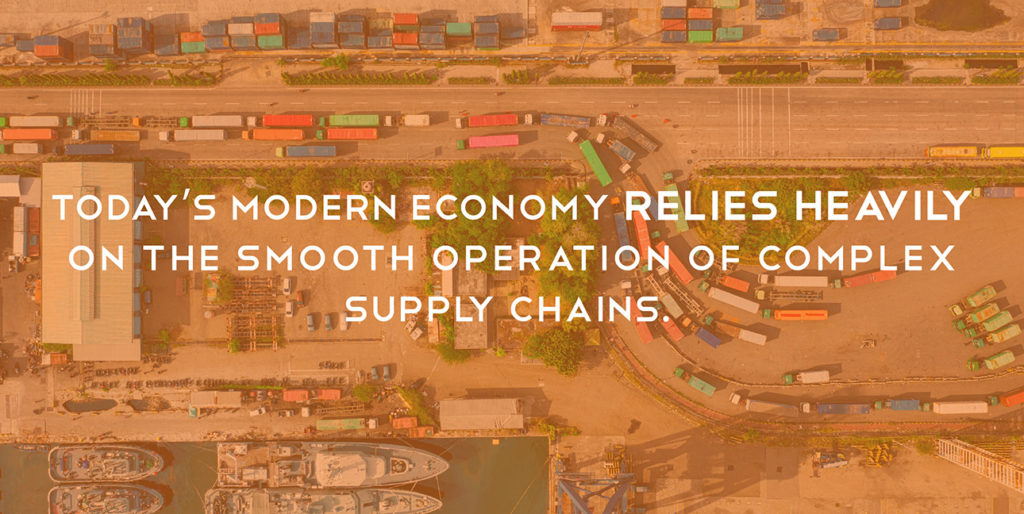Today’s modern economy relies heavily on the smooth operation of complex supply chains. However, the sophistication of these systems also opens them up to a lot of risks that can lead to downtime, increased costs, and shortages of necessary materials.
There are several economic, environmental, and logistical factors that can impact the sup-ply chain. Our team has put together a list of five of the top factors to keep in mind as you plan.
Raw Material Shortages
While sourcing through regional and local means can help to mitigate these issues, raw ma-terial shortages can stop production in its tracks. Raw material shortages, spurred by de-mand spikes or bottlenecks in production, are real risks that must be planned for.
For example, you may use a product that requires a specialized plastic component that is only manufactured in four plants around the world. If one of those plants has a malfunction that puts production at a standstill, the demand will inevitably increase.
Inclement Weather
Storms, earthquakes, wildfires, and other natural disasters can significantly impact supply chains. They can interrupt and reroute the flow of goods, destroy products, displace workers, and limit access to natural resources.
The timing of these events can be as unpredictable as they are dramatic, which means that it is often difficult to take proper precautionary measures.
Environmental Regulations
Discussions surrounding the topic of climate change have spurred an increase in government regulations concerning the transport of goods.
The increased costs of production that are generated by these new regulations may not be sustainable for all manufacturing facilities. Adherence to these new regulations can and is closing down some plants, which will negatively impact supply and demand.
Industrial Disputes
Industrial disputes are always a concern that can negatively affect the supply chain. Labor disputes, strikes, and overtime bans can and will affect any business that relies on manufacturing and/or transport.
The number of strikes in 2019 is expected to rise. This is largely due to a growing sense of dis-satisfaction among workers with the current economic and social change, coupled by the growing number of labor relations disputes. Strikes can often be the most disruptive factor to the supply chain, since they usually occur with little to no warning.
Border Concerns
It is no secret that physical border security has become a hot topic of conversation over the past few years. Although it does not happen often, one unrelated security issue can close down a port of entry in an instant.
Adoption and implementation of new processes and policies can impact the supply chain. As customs agents adjust, companies transporting between borders face the immediate risk of increased costs and border-crossing wait times.
Mitigating Risks
So how can you mitigate these risks? A lot of these are unpredictable and out of your control, so the best thing you can do is have a plan. Have a budget prepared for unplanned spend when these types of circumstances put you at risk of downtime.
The TOC Logistics team wants to make sure you are prepared to handle potential risks to your supply chain. Are you interested in learning more? Reach out to a team member today.

